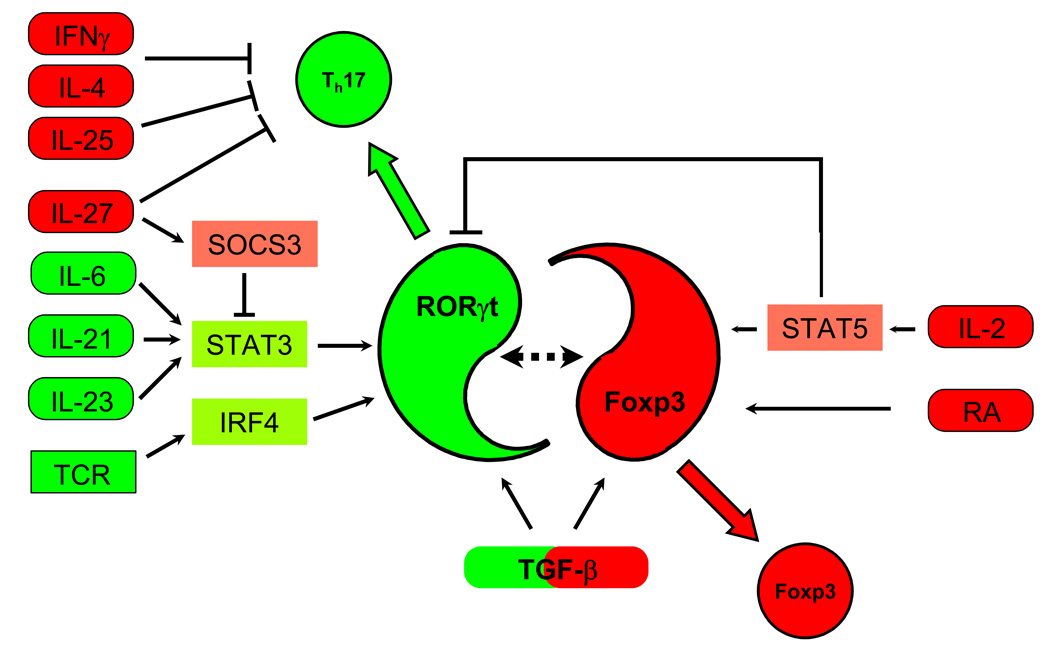Figure 2. Cytokine pathways and transcription factors in murine Th17 and Treg cell differentiation.
RORγt and Foxp3 are central factors in Th17 and Treg cell differentiation, respectively. Th17 inducing cytokines (in green) induce RORγt through STAT3 (IL-6, IL-21, and IL-23) and IRF4 (induced by TCR activation). However, none of the RORγt-inducing cytokines can induce Th17 differentiation in the absence of TGF-β signaling. Th17 suppressing cytokines (in red) act in several ways. IL-2 acts through STAT5, and IL-27 possibly through SOCS3 and STAT3, inhibiting RORγt-upregulation. Retinoic acid (RA), which promotes Treg development, and TGF-β by itself, which induces Foxp3 expression, decrease Th17 differentiation. In addition, Th1 and Th2 inducing cytokines, such as IL-4, IFNγ, and IL-25 also inhibit Th17 differentiation by unknown mechanisms. TGF-β thus plays a dual role by being absolutely required for Th17 cell differentiation and by also promoting Treg cell development.

